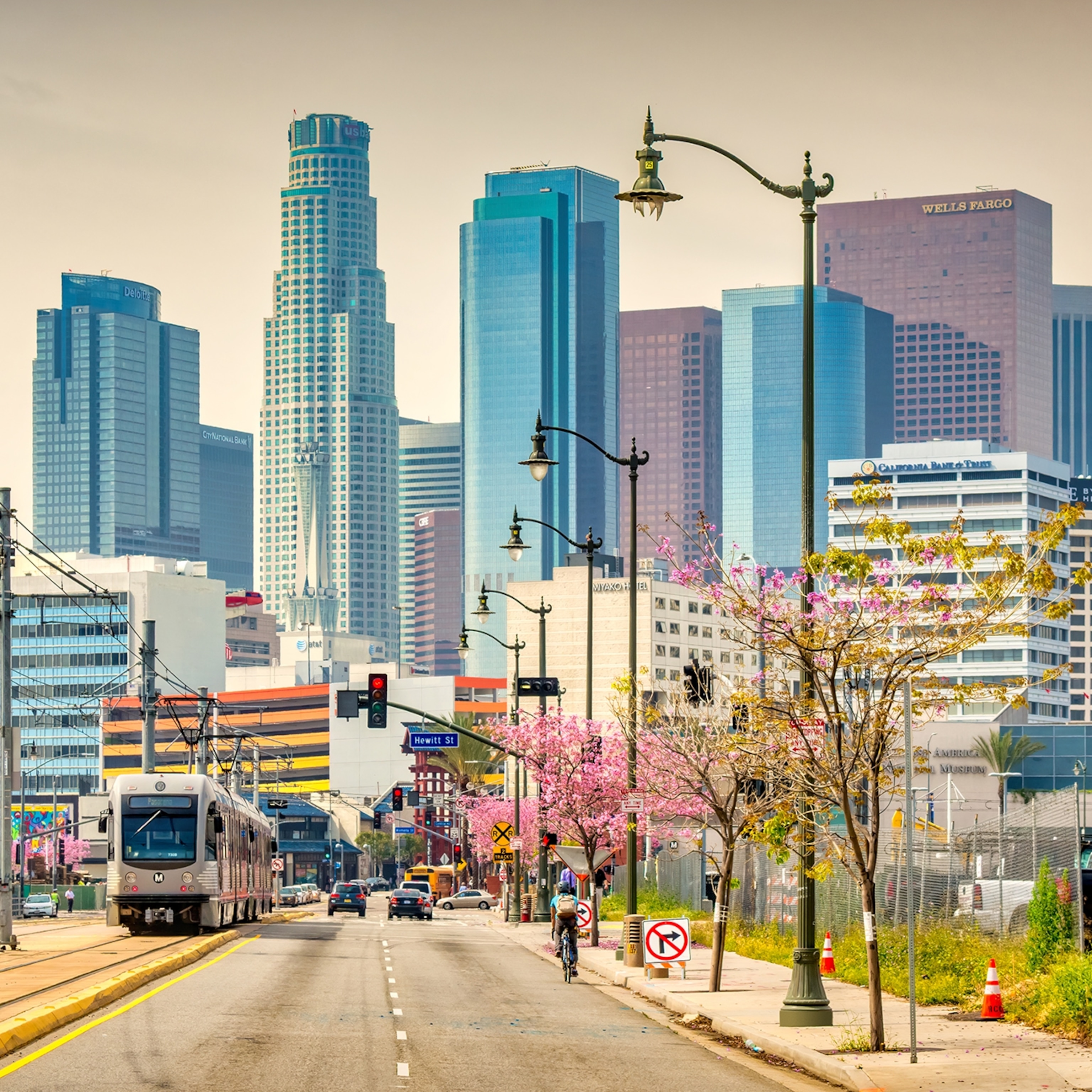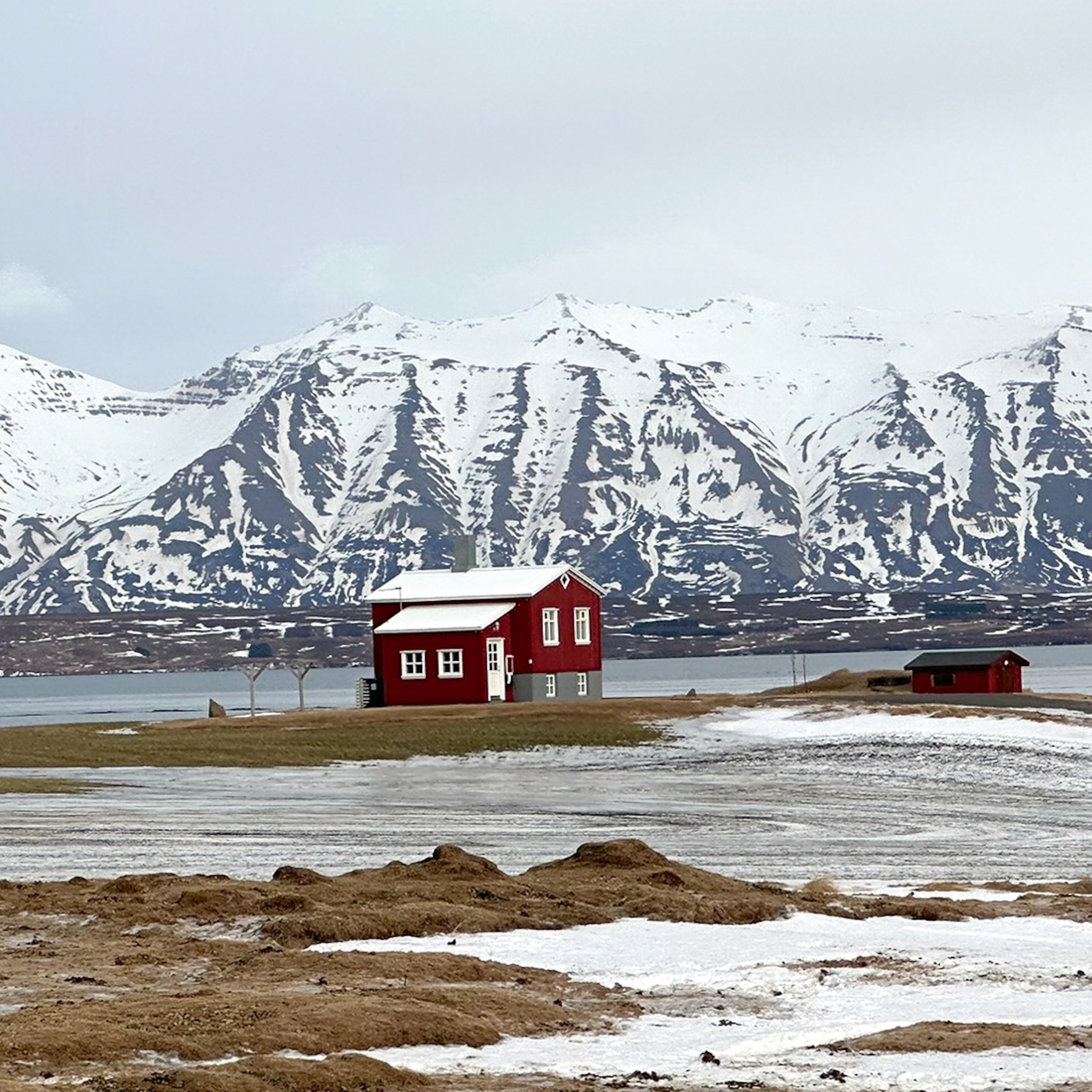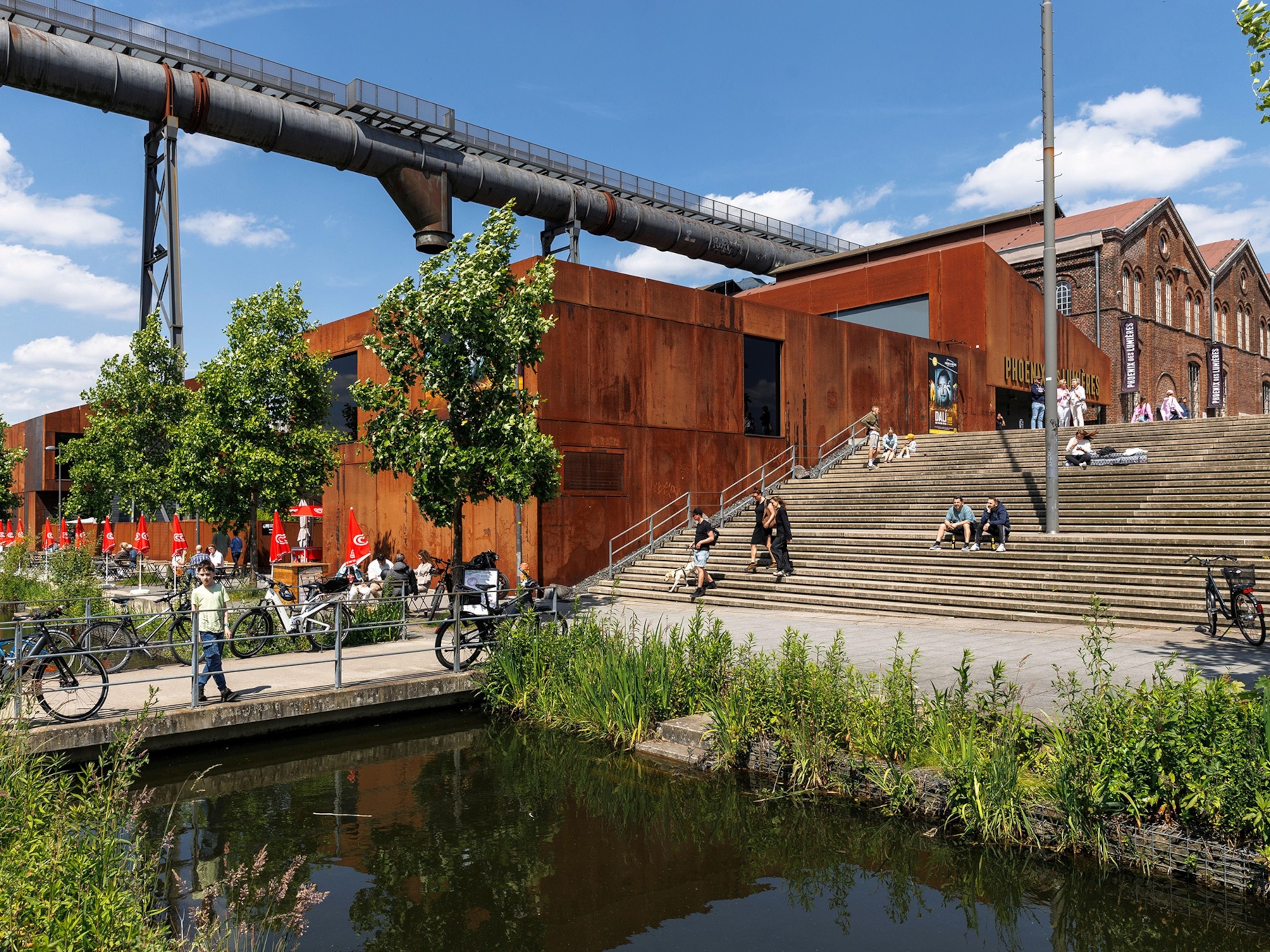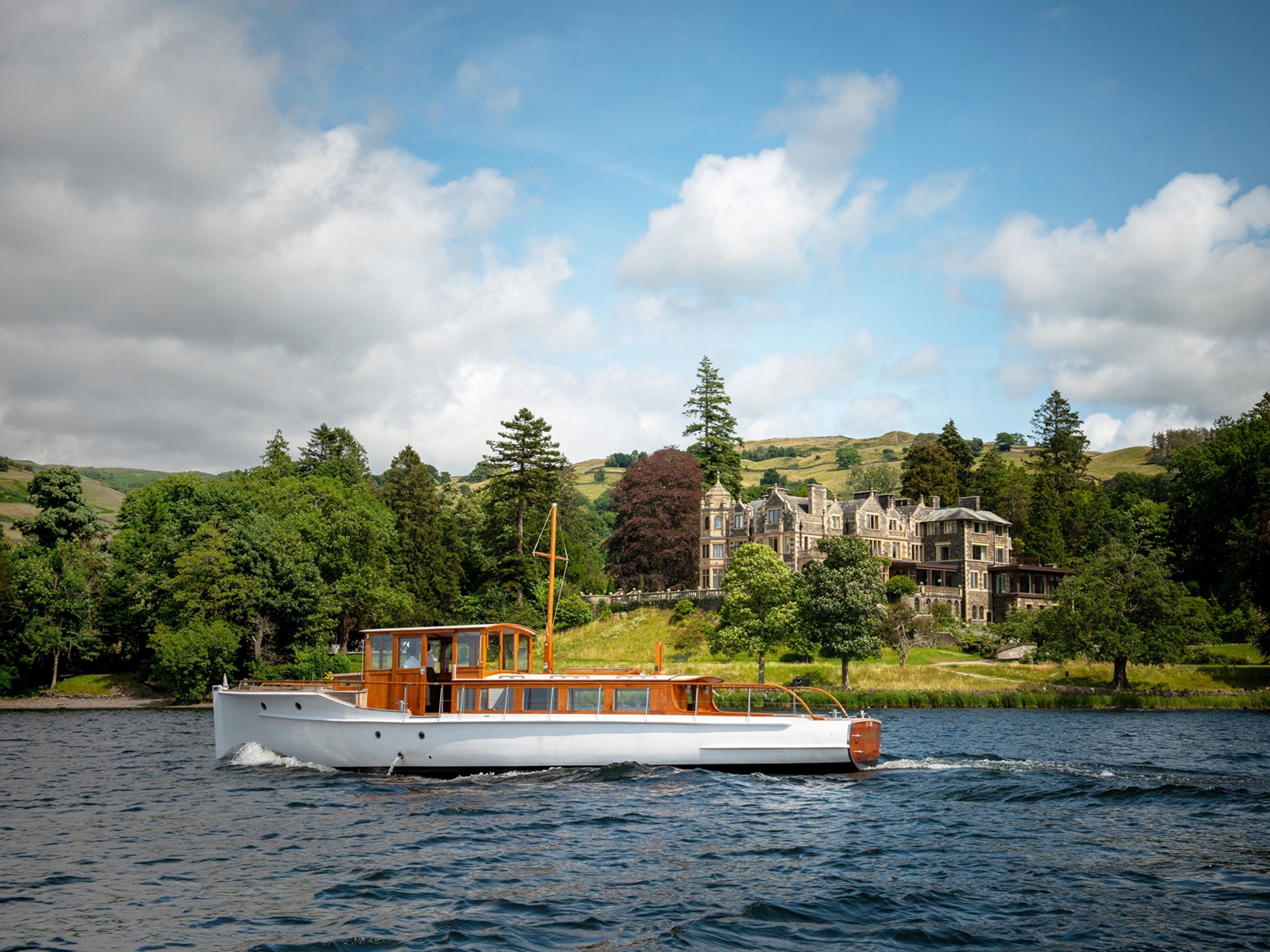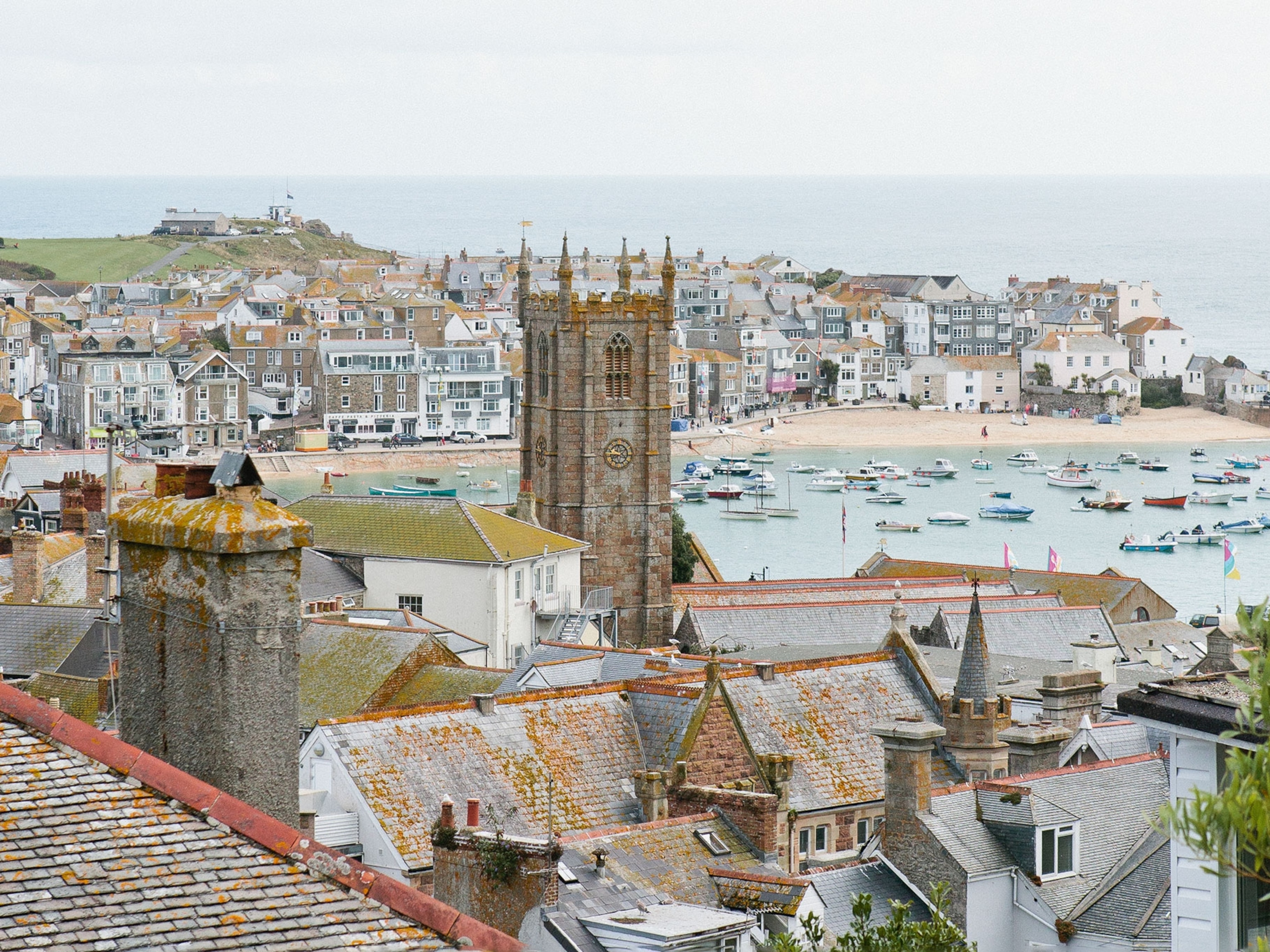Why Edinburgh is Europe's ultimate escape for book-lovers
Over the centuries, countless literary greats have been inspired by the Scottish capital. In winter, when the cobblestones are damp and the taverns are firelit, the city ushers visitors indoors to find warmth in whisky and a good book.

It’s a dark, dreich night in Edinburgh’s Grassmarket, but the mood upstairs at the Beehive Inn is anything but bleak. The snug room above the pub has been packed tight, with rows of mismatched chairs creaking under the weight of an expectant crowd before an empty stage. The air is warm and close, carrying the faint scent of beer and damp coats slung over seats, and the murmur of excited conversation.
I’m here for the Edinburgh Literary Pub Tour, an evening stroll through the gothic Old Town’s winding wynds and hallowed inns that bring this city’s remarkable literary legacy to life. Last year marked 20 years since Edinburgh became the world’s first UNESCO City of Literature, a celebration of the wealth of writers who have found inspiration here through the centuries. The shadowy alleyways stirred the imagination of Robert Louis Stevenson, while the cafes were a venue for JK Rowling to conjure Harry Potter’s world of witches and wizards.
Onto the stage steps a man with a round face and a hip flask in his hand. He introduces himself as Clart — Scottish slang for ‘muck’ — and declares that the 400-year-old pub in which we stand was once a raucous tavern, a stopping place for “stableboys and soldiers, lovers and lawyers, poets and prostitutes”. In the 18th century it was also a favourite haunt of Scotland’s most esteemed poet, Robert Burns, he adds, taking another swig from his flask. And that’s when the argument breaks out.
“You’re giving the completely wrong impression,” shouts a man in thick-rimmed glasses from the back of the room. The crowd falls silent. All eyes turn as the man launches into a passionate defence of Burns, a literary genius, we hear, whose poetry, prose and preservation of the Scots language placed him in the pantheon of Scottish national heroes; this was a man who belonged to the salons and drawing rooms of polite society, not the Old Town’s rowdy taverns. “You simply can’t expect these good people to believe that dirty drinking holes frequented by vagabonds have got anything to do with the fine writers at the time,” he says. But Clart smiles back. He does, and he’s going to prove it.
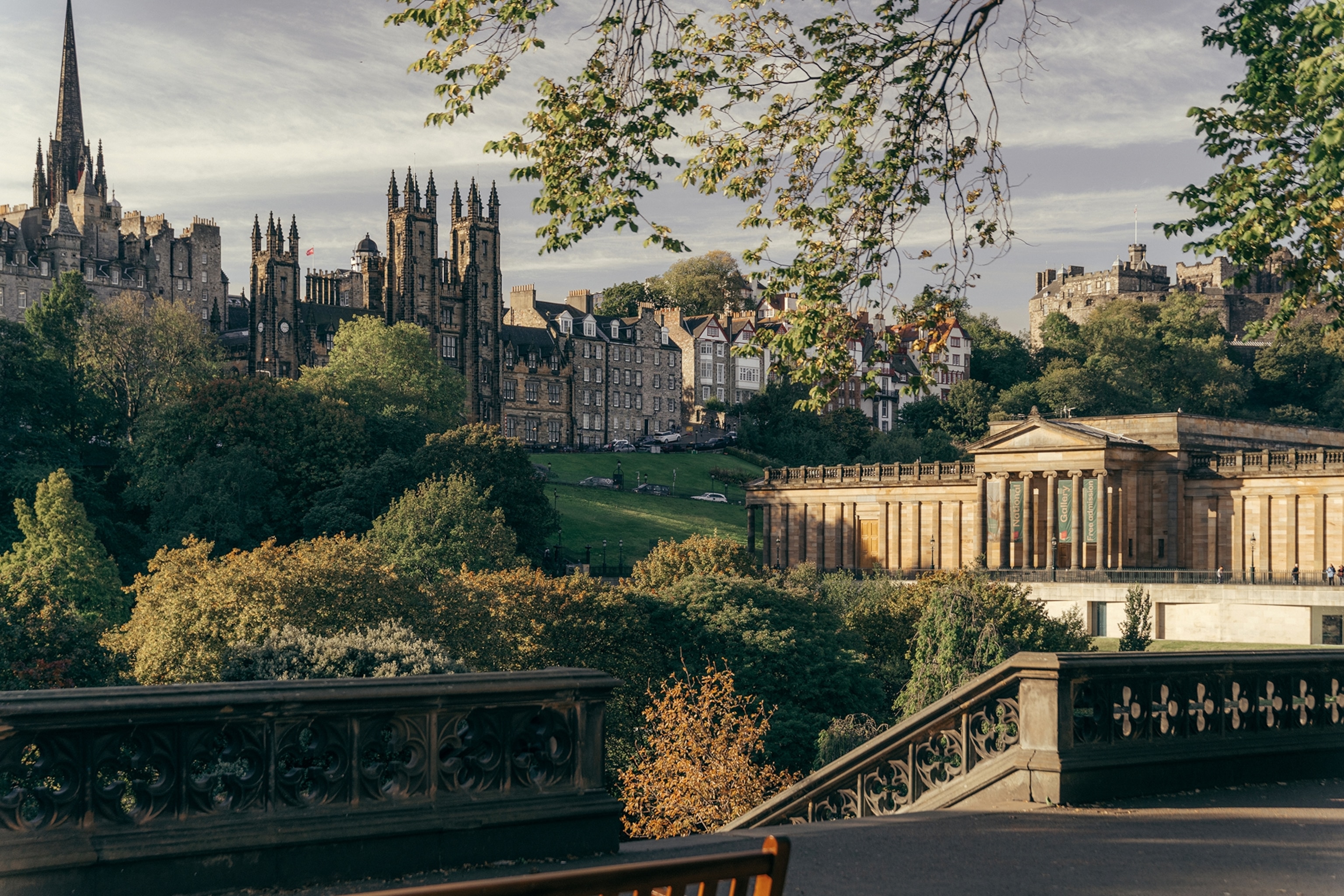
Both Clart (real name: Paul Murray) and his antagonist, Riley Stewart, are, of course, actors — “colourful, selective and entirely biased,” as Paul admits with a grin as we step out of the Beehive Inn onto the rain-slicked cobbles of the Grassmarket. For nearly seven centuries, this square bustled as a marketplace; it was also where criminals were marched to meet their fates at the gallows. Today, it is better known for its busy pubs in the shadow of Edinburgh Castle, whose floodlit battlements illuminate the drizzle.
Winding our way up from here, we’re led along Victoria Street, a curve of cobblestones and brightly painted shopfronts; this jumble of colourful cafes and craft shops is said to have inspired Diagon Alley, the secret market street in Harry Potter’s wizarding world. From here, we vanish through a narrow stone archway and steal up a hidden stairway that carries us to Edinburgh’s Royal Mile.
This is the Old Town’s main historic thoroughfare, a stone-paved street lined with medieval tenements, packed pubs and scores of souvenir shops. It’s one of the city’s busiest tourist areas, especially in August, when the Edinburgh Festival Fringe draws huge crowds. But on winter nights like these, when the cold presses in, and the rain seeps into the cobblestones, the city beckons its visitors indoors to find warmth in a whisky. Or perhaps a good story.
We slip away from the Royal Mile and duck into a dim alleyway squeezed between a sweet shop and a store trading tweed from the Hebrides. Paul tells me that the Old Town is veined with lanes like this one, a labyrinth of narrow passageways threaded between the tenements like bookmarks slipped between the pages of a well-worn novel. They lead off Edinburgh’s main streets and into hidden courtyards and shadowy nooks where the city’s poor were once crammed cheek by jowl. Paul explains that it was here in 1771, amid the Old Town’s “germ-ridden passageways”, that one of Scotland’s greatest writers was born.
At the Jolly Judge, a busy old tavern tucked among the tenements, Paul and Riley recount how Sir Walter Scott rose from humble beginnings to shape not only Scotland’s literary traditions but also its cultural identity, from the romance of the mist-laden Highlands to the revival of tartan as a proud symbol of Scottish heritage. “He could also drink most people under the table,” Paul adds with a grin. And with that, our actor-guides resume their squabble over what truly inspired this city’s celebrated writers — was it the lofty ideals of the Enlightenment, or the clamour of the common taverns? I sip on my pint and drink it all in.


After finishing my tipple, we thread through another close and find ourselves in a courtyard with a cast-iron lamppost in its centre. To our left broods a 17th-century townhouse of roughly hewn stone, its facade stained by centuries of soot and rain. Above its doorway, a wooden sign depicts a gilded figure sat at a desk, quill in hand, with letters below proclaiming The Writers’ Museum.
The lamppost spills a soft glow over the slick flagstones, and I catch an inscription carved beneath my feet. ‘There are no stars so lovely as Edinburgh street-lamps’, it reads. Below it, a name and a date: Robert Louis Stevenson (1850-1894). Moving across the courtyard, every slab bears a different name. William Dunbar. Dorothy Dunnett. Muriel Spark. “Welcome to Makars’ Court”, says Paul, his voice low. “To qualify for a flagstone, you must be two things. A Scottish writer. And dead.”
Beneath the streetlamp’s hazy glow, our guides bring to life Stevenson’s story of Dr Jekyll and Mr Hyde, the darkly gothic tale in which a distinguished doctor’s experiments unleash a murderous alter ego beyond his control. It’s often said that Stevenson based the story on Deacon Brodie, an 18th-century cabinet maker and respectable city councillor by day, who led gangs of burglars across Auld Reekie at night: “A true Edinburgh villain with a double side to his nature,” says Riley.
But Paul is quick to point out that Stevenson’s unsettling depiction of the duality of man was drawn as much from the Edinburgh of the time as from any single figure. This was a city of sharp contradictions, where the ordered grandeur of the wealthy Georgian New Town rose beside the medieval Old Town’s warren. It was here where poverty and crime festered in the shadows and, sometimes, quite literally, beneath the surface.


Going underground
It’s the next morning and I’m five levels beneath Edinburgh’s streets, under the Old Town’s South Bridge, in a world that lay largely forgotten for 100 years. Candles flicker against the damp stone walls, their light casting restless shadows across the uneven floor. Ahead, my guide Craig Collinson plots a course through the narrow vaults, his greying hair tumbling to his shoulders. “There are people in Edinburgh who still don’t know these places exist,” he calls back to me, his Edinburgh lilt bringing a touch of warmth into the chill of the crypts.
The Blair Street Underground Vaults were discovered by accident in the 1980s by the former rugby player Norrie Rowan while he was clearing out rubble from beneath his pub. Archaeology has since pieced together a history that was never written down: a discovery of crusie (oil) lamps and crucibles in one chamber suggests it might have been an underground workshop; in another, piles of oyster shells and black bottle glass point to the gatherings of an 18th-century drinking club (the kind especially enjoyed by Robert Burns).
I edge around a tight corner in the passageway and stoop below a weary wooden lintel into the next chamber, where Craig is waiting. We’re directly below the South Bridge, yet not a whisper of the thundering traffic above reaches us. Then Craig cuts through the silence with a story.
“In the early 19th century, grave robbers would sneak into Edinburgh’s kirkyards [churchyards] under the cover of night to dig up freshly laid corpses to sell them to the medical school,” he begins. “But two men went further. William Burke and William Hare struck a deal with Dr Robert Knox, an anatomist at the university, to deliver 16 bodies. They murdered all of them”. Craig lets the words hang. Then he adds, quietly: “They would have needed somewhere secret, somewhere cool to hide the bodies for a few days first. You might be standing in that very place.”
Robert Louis Stevenson drew inspiration from this real-life ghost tale for his short story The Body Snatcher. “He was fascinated by this contrast of light and dark, that the good Dr Knox could treat with criminals like Burke and Hare,” says Craig. Two years later, Stevenson would carry that same fascination with human duality into Dr Jekyll and Mr Hyde. “It’s a metaphor for old Edinburgh, where a sheen of respectability so often masked all sorts of vices.”
Climbing out from the crypts, we step into a cold, clear morning. The Old Town’s soot-blackened spires pierce a cloudless sky, their silhouettes stark against its bleached blue brilliance. Edinburgh has always been a city of contrasts: of civility and sin, grandeur and grit, light and shadow. Ian Rankin’s Inspector Rebus prowls a modern city where a tourist-friendly facade conceals a thriving underworld; Irvine Welsh’s Trainspotting drags readers away from Edinburgh’s polished city centre and headlong into the gritty portside streets of Leith. It’s this split personality that’s ignited the imaginations of authors from Stevenson to the present day.

Insider tips
1. Edinburgh is full of monuments to great literary men, but its female writers have long been overlooked. For an updated perspective, pick up a copy of Where are the Women? A Guide to an Imagined Scotland, a guidebook that honours its forgotten women.
2. The Edinburgh International Book Festival is a literature-lover’s dream, but it runs in August alongside the Fringe, the city’s busiest and priciest time to visit. For a quieter alternative, consider October’s Scottish International Storytelling Festival.
3. Leafy Stockbridge is home to some of Edinburgh’s best independent bookstores. The award-winning Golden Hare Books was established by a former director of the V&A, and the Rare Birds Book Shop is the only shop in Scotland dedicated entirely to women’s writing.
4. If you’re planning on visiting Edinburgh Castle, time it to catch the firing of the One O’Clock Gun. A tradition since 1861, it remains an explosive, almost daily, spectacle. Book in advance to guarantee entry.
How to do it
There are daily direct train services between London and Edinburgh. LNER runs roughly every 30 minutes from King’s Cross, while low-cost Lumo provides up to five daily services. For an overnight option, the Caledonian Sleeper departs Euston nightly, except for Saturdays, offering sleeping compartments. CrossCountry and TransPennine Express provide services from cities including York and Manchester, while CrossCountry also extends its network to the Midlands and Southwest, with trains from Bristol and Birmingham. In Scotland, ScotRail operates frequent, direct services connecting Edinburgh to other major cities such as Glasgow, Aberdeen and Inverness.
Edinburgh is easily explored on foot, but a hop-on, hop-off bus tour is a good way to get your bearings. Edinburgh Bus Tours offers a range of ticket options, and some include access to city attractions, too. There’s also the Lothian Buses service, which covers most corners of the city, and the newly expanded tram line that now runs from Edinburgh Airport to Leith and the coast at Newhaven. Also look out for the new e-bike rental scheme from Voi. Central Taxis and City Cabs operate the city’s licensed black cabs, and Uber is also widely available.
When to go
May, June and September are often the most pleasant, with average highs of 15-18C. In July and August temperatures sometimes creep into the mid-20s, but showers are possible in any season. August also marks the arrival of the Edinburgh Festival Fringe for most of the month: it’s brilliant, but busy, and prices soar. October and November are the wettest months, with highs averaging 10-13C, before temperatures drop to 5-7C between December and February, with lows hovering around freezing.
Where to stay
Fingal, a luxury floating hotel in Leith, from £264.
Kimpton Charlotte Square in New Town, from £190, B&B.
More info:
edinburgh.org
This story was created with the support of Treloyhan Manor and Great Western Railway.
To subscribe to National Geographic Traveller (UK) magazine click here. (Available in select countries only).

